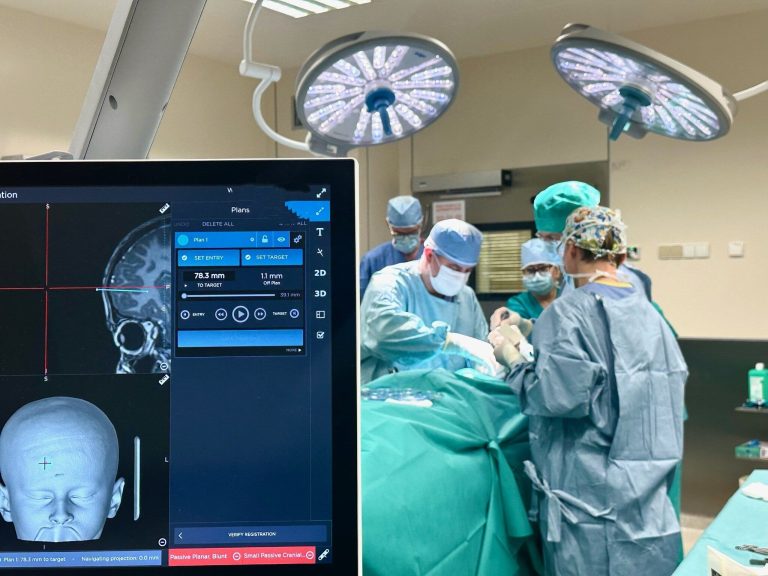Ultrasound as a “cure” for mental disorders? Studies show their effects on the brain

Will ultrasound help in the treatment of mental disorders? The results of the latest research may be the first step in this direction.
Researchers have discovered that by stimulating certain parts of the brain with ultrasound, it is possible to influence the connections between nerve cells and modify them accordingly. This, in turn, may contribute to helping people with various types of mental disorders. The research was reported in the journal Nature Communications. Scientists from the University of Plymouth analyzed how the technique of transcranial ultrasound stimulation (TUS) affects the brain. It has been researched for quite some time.
A new method of using ultrasound
The use of wide ultrasound beams is not new, as they are used, for example, in ultrasound examinations (making it possible to obtain images without a strong impact on the examined tissues). However, the focused beams used for TUS can increase the pressure in the target area. It turns out that a stronger concentration of the beam directed at selected parts of the brain can affect the way neurons connect with each other.
24 healthy people (volunteers) took part in the study. Using their example, researchers have shown that TUS can have a large impact on the concentration of one of the main neurotransmitters (GABA) in the posterior cingulate gyrus of the brain. This change lasted for an hour after the procedure. Brain changes are reversible. “It was very interesting to see that when we targeted two different areas of the brain, it resulted in different changes in GABA concentration. This suggests that some TUS protocols work well for some parts of the brain and not so well for others,” said Dr. Siti Yaakub, lead author of the study.
Will ultrasound help in the treatment of mental disorders?
The authors of the study believe that this discovery may have clinical applications and contribute to the treatment of mental disorders through the use of ultrasound. However, further research is needed before transcranial ultrasound stimulation can be used in humans in the context of treating mental disorders.
Scientists note that such methods could help with mental disorders such as depression, addictions and anxiety disorders. They also check whether the same method can be used to influence the system that responds to dopamine (dopaminergic system). This, in turn, could impact motivation, learning and the way people make decisions.
“One of the long-term goals of neuroscientists is to find ways to change activity only in specific parts of the brain, leaving the rest intact. If we take antidepressants, for example, they will affect the entire brain, and clinicians have very limited control over where the drug goes and what it does. We already know that specific areas of the brain (and some of their connections) are dysfunctional under certain conditions, but other areas can function perfectly well. This study shows the real potential of using ultrasound for more targeted interventions in people with various mental disorders,” said study co-author, Prof. Elsa Fouragnan.






